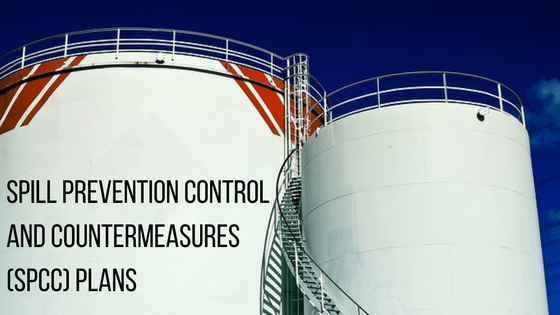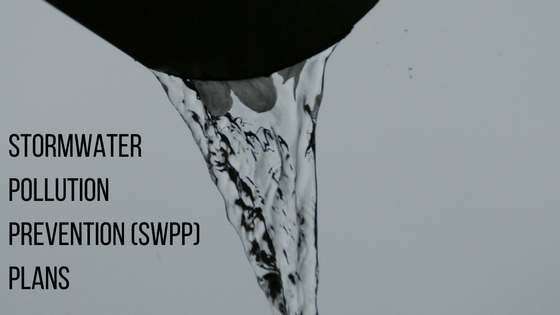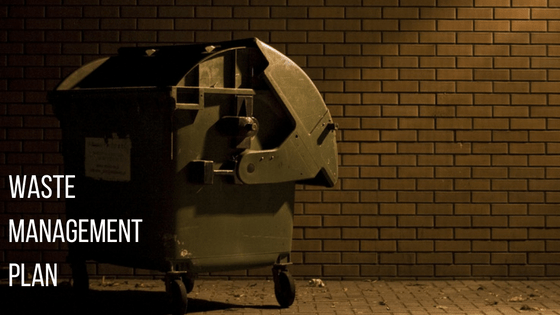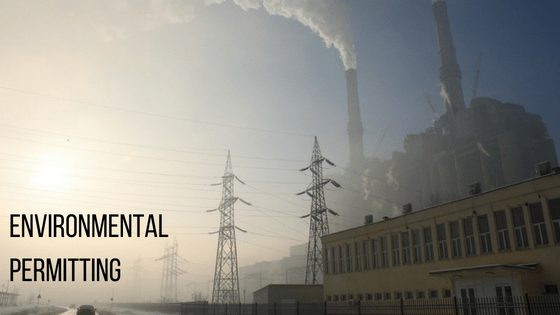Amidst the never-ending pile of paperwork and daily routine of putting out fires (hopefully not literally), facility managers are bound to have a few things fall through the cracks here and there. Addressing potential environmental concerns may not be first thing to check off the list, but certain plans, programs, and permits are required for many facilities. Not only do they keep you in compliance with regulations, but offer the opportunity to learn more about the facility and potential impact it could have on the environment.
Below are some of the most common plans, programs, and permits that facilities are often required to have.

Spill Prevention Control and Countermeasures (SPCC) Plans: Facilities that store more than 1,320 gallons of oil or oil-derived products such as gasoline, a SPCC plan is required.
To determine the quantity of oil stored at a site, all containers with a capacity greater than 55 gallons must be counted. The capacity of the storage container, not the actual amount of product, determines if it needs to be accounted for.
Spill Prevention Control and Countermeasures Plans must include materials handling and operating procedures at the facility, control measures in place in the event of a spill such as secondary containment, and countermeasures to contain, clean up, and mitigate any spill that may occur.

Stormwater Pollution Prevention (SWPP) Plans:
A SWPP plan is required if a facility if:
- …it is identified in the federal storm water regulations. If you are unsure, it can be determined from the code found on corporate tax returns.
- …the site has a point source discharge to surface waters.
A point source discharge does not have to be a pipe directly into a lake, stream, or wetland. It can also be a ditch or swale that allows stormwater runoff to flow off the facility location into a surface water body.
The SWPP plan includes procedures and practices that eliminate or limit exposure of stormwater to any stored materials and/or processes that could cause an impact to the stormwater and ultimately the surface water of the receiving water body.

Waste Management Program:
Most facilities produce a waste stream. This waste stream can include:
- Potentially hazardous material byproducts
- Ordinary solid waste (garbage)
- Recycling material (batteries, fluorescent lights, paper, etc.)
Proper identification and disposal of all waste streams at a facility can be critical to site operations, and when managed efficiently, can provide a cost saving benefit.

Environmental Permitting:
Facilities usually require permitting to perform operations. The most common forms of permitting for most facilities involve air quality or discharge of a waste stream (usually treated on site prior to discharge).
Air permitting covers a large variety of industrial processes, from fixed stack discharge to operations such as sand blasting. It is important to be familiar with what operations/equipment are required to be monitored and permitted.
Waste stream discharge is typically permitted through the National Pollution Discharge Elimination System (NPDES) permit. This permit usually contains requirements of monitoring and/or sampling the discharge waste stream to maintain compliance.
Writing programs and plans and obtaining permits can sometimes get overwhelming. If there is ever uncertainty about what you need, reaching out to a consultant is often beneficial.
Ready to get your next environmental project started? Get in touch with our environmental experts today.

